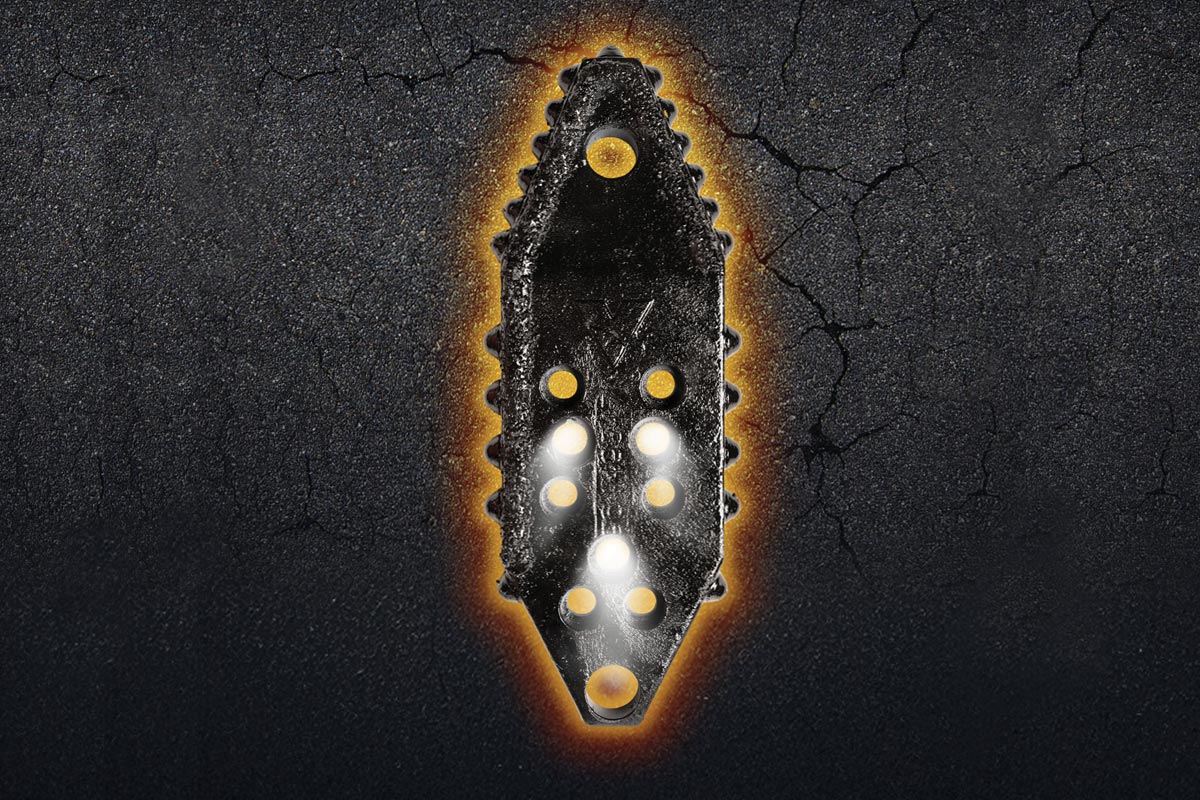Drill Master: Monitoring What’s Down There
With HDD being recognized as the preferred method of installing underground utilities over the past couple of years, the number of jobs being completed using HDD has skyrocketed. With that being considered, one of the biggest issues that we are faced with is congested rights-of-way.
In many instances the driller not only has to determine the best methods and proper equipment to use to complete the job, but — what is becoming equally important — determining exactly where to place the product being installed. While in the past it had been possible to select a straight running line and safe constant depth several feet away from any existing utilities, today that is not always possible.
It is more than likely that the running line and depth of the bore will need to be adjusted and altered several times along the way, requiring more calculations and steering corrections to complete the installation. This will often constitute coming near existing buried utilities.
Because of right-of-way congestion, utility companies that own existing buried pipes and cables are becoming increasingly concerned about the protection of their utilities. In several cases, the first action taken by the utility companies was to put a technician or inspector onsite when any HDD installation was taking place in proximity to their buried utilities.
Some of the larger utility companies have realized that this is not sufficient, in that although there was someone onsite, that person had no means to prevent a potential problem. They would only be able to deal with it after the fact. Because these companies find this to be unacceptable, they have been instrumental in the development and use of HDD monitoring electronics.
These monitoring devices are handheld locators that are used by the utility companies’ technicians and inspectors to monitor both the path of the drillhead during the pilot bore as well as the location of the backreamer during the pullback process.
The devices were developed to be compatible with all major manufacturers’ tracking equipment and are currently being used by a rapidly increasing number of utility companies nationwide.
The standard system being used consists of a handheld receiver that is used by the inspector, and a remote alarm unit that is placed either on the drill or in proximity to the drill. The exact procedure that each technician will follow in the use of these locators will vary depending on the individual utility company’s specific standards and practices.
It is important to know that the technician is not using this device to impede or control the progress of the job. It is also not designed to be used as an aide in the planning of the installation. The sole purpose of these types of electronics is to aid in the protection of buried utilities. The technicians and inspectors that are using these devices have the exact same objective as the driller: they want to successfully accomplish the safe, timely and incident free placement of product.
In using an HDD monitoring system, the first thing that must be done is to locate and clearly mark the utility that is going to be protected. The monitoring system itself is not used for this purpose. After the utility has been clearly marked, a brief overview of how one of these systems might be used would be to first calibrate the receiver to the transmitter in the drillhead. Once calibration has been completed, the receiver will be used to create a safe zone between the located and marked utility and the path of the drillhead. The safe zone is determined by the physical placement of the monitoring receiver. The technician will then typically stay 10 to 15 ft (3 to 4.5 m) ahead of the transmitter.
If the path of the drillhead crosses into the safe zone an alarm will sound in both the monitoring receiver and the remote alarm unit. If this should occur it is possible to activate the locate function in the receiver to confirm the exact location and heading of the drillhead. As long as the drillhead doesn’t deviate from its intended direction there will be no alarm sounding and no need to confirm the location or heading.
Once the pilot bore has been completed and the backreaming process begins, this type of system can also be used to monitor the completion of the installation. Because of the growing number of documented cases of prevented incidents due to the specific use of HDD monitoring electronics, plant owners from all industries are showing increased interest in its use.
As this type of monitoring equipment is becoming more common on HDD job sites, professional drillers are using its presence to their benefit by viewing it as another piece of equipment to help aid them in safely completing their job.




